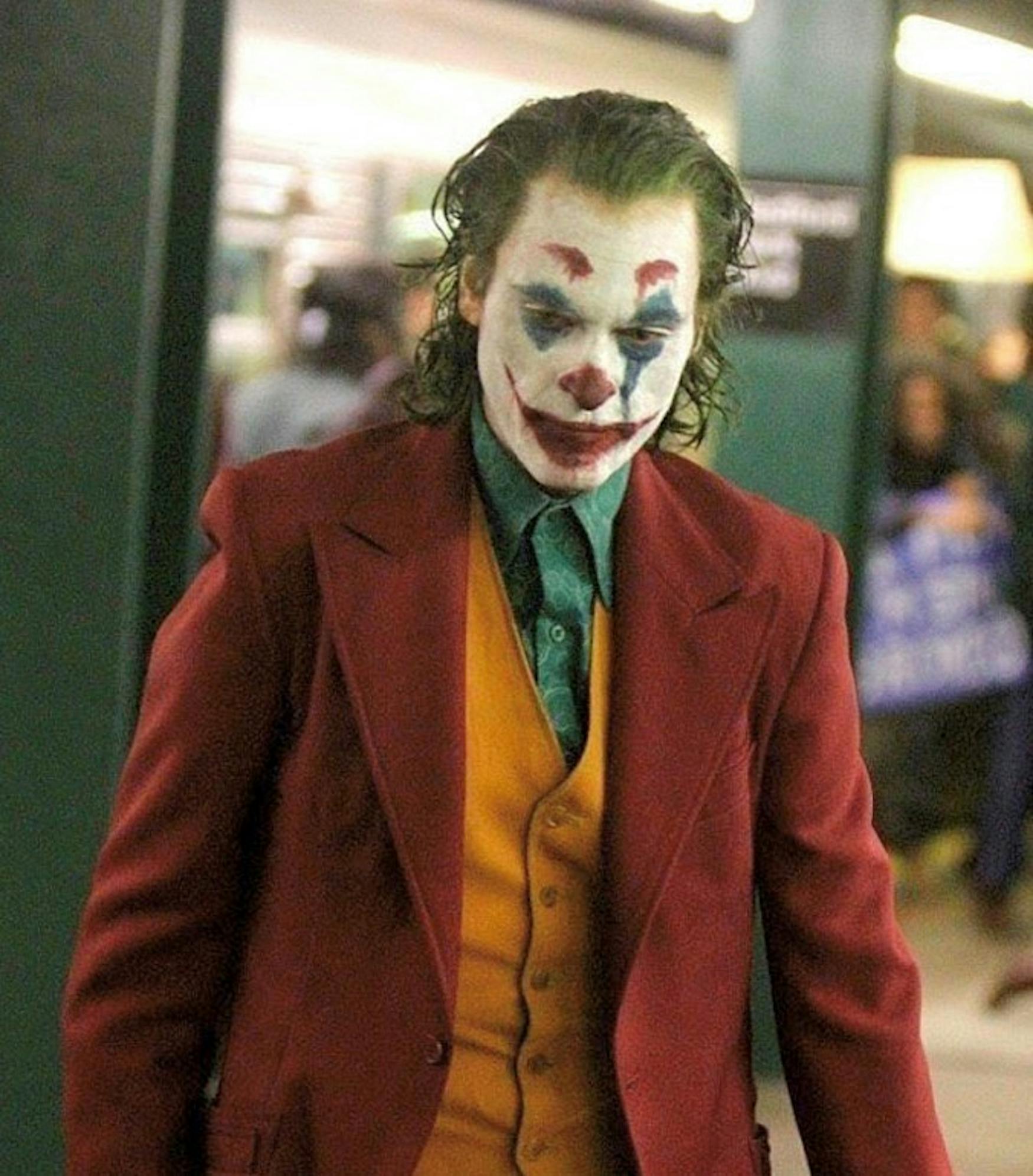New ‘Joker’ film is no laughing matter
Todd Phillips, the director of Warner Brothers’ new tentpole and unexpected winner of Venice’s Golden Lion “Joker,” has made no secret of his disdain for the current climate in Hollywood — one that has ended the reign of the straight, white male. “Go try to be funny nowadays with this woke culture,” Phillips, best known for making the “Hangover” trilogy, recently lamented.
In response to the so-called “woke culture,” Phillips has made the least funny film he possibly could have: an origin story for Gotham’s Crown Prince of Crime, starring Joaquin Phoenix. Phillips’ take on Batman’s arch nemesis is one that perfectly encapsulates his apprehensions, as it follows Phoenix’s Joker (the failed comic formerly known as Arthur Fleck), a middle-aged white male that resorts to violence when faced with being sidelined by society.
When we first meet Arthur Fleck, he is working as a clown for hire, living paycheck to paycheck while he cares for his frail, mentally ill mother (played by Frances Conroy). Arthur is utterly unhappy; after being senselessly beaten in the street by a group of teenagers, he returns to his apartment building where he mimes suicide to a fellow tenant, Sophie (played by Zazie Beetz), in the elevator. Soon after this encounter, Arthur, who, like his mother, also suffers from mental illness, loses access to treatment when public funding for his healthcare is revoked. “All I have are negative thoughts,” he tells his treatment counselor. Once untreated, these negative thoughts, or at least as the film sees them, serve as the impetus for Arthur’s descent into madness. Although the director tries to make the critique that Arthur’s violence is the result of society demonizing him, he fails, instead doing precisely the same thing: ostracizing him for his mental illness.
The portrayal of mental illness that co-screenwriters Scott Silver and Phillips present is one of numerous upsetting ideas that are sewn into “Joker’s” moral — or rather, immoral — fabric. Beyond using Fleck as a surrogate for their demographic, Phillips and Silver populate the film’s pivotal scenes with women of color, who only serve as bearers of bad news for Fleck. Arthur’s former treatment counselor is Black; a woman on the bus who yells at Arthur for talking to her son is Black; Beetz’s character, who is at the center of a third act revelation that pushes Arthur over the edge, is also a person of color. The relationship between dark moments in Fleck’s life and women of color is not only impossible to ignore, but also immensely troubling.
It is not just “Joker’s” villainization of women of color that is problematic; there is also the now-ubiquitous conversation to be had about its portrayal of violence.To answer the question of whether the violence in “Joker” is gratuitous, the answer is yes. None of it seems to be justified in Athur’s character arc, nor does it seem to service the plot. But perhaps that is the one productive point that Phillips, whether he means to or not, manages to convey with “Joker”: the senselessness of violence itself. This reviewer is inclined to believe that the truth lies with the former possibility.
While on the subject of theme “Joker” finds itself in muddled waters, it does feature some impressive artistry across the board. In particular, Hildur Guðnadóttir’s score stands out, while the gliding camera of cinematographer Lawrence Sher captures Arthur’s downward spiral with flare. Mark Friedberg’s production design is a perfect homage to films like “Taxi Driver” and “The King of Comedy.” Robert De Niro is well-suited to play the role of popular talk show host, Murray Franklin. However, this is all style over substance. “Joker” is a film that operates under the aesthetic guise of a thoughtful film, shrouding the fact that it is absent of social commentary, made at the expense of the dignity of the mentally ill and people of color. This film is no laughing matter.



Please note All comments are eligible for publication in The Justice.